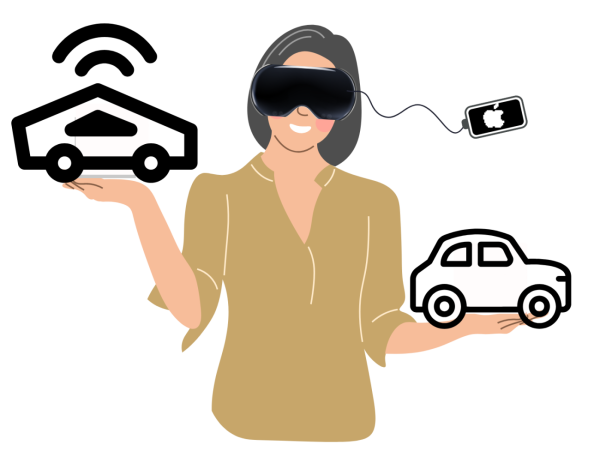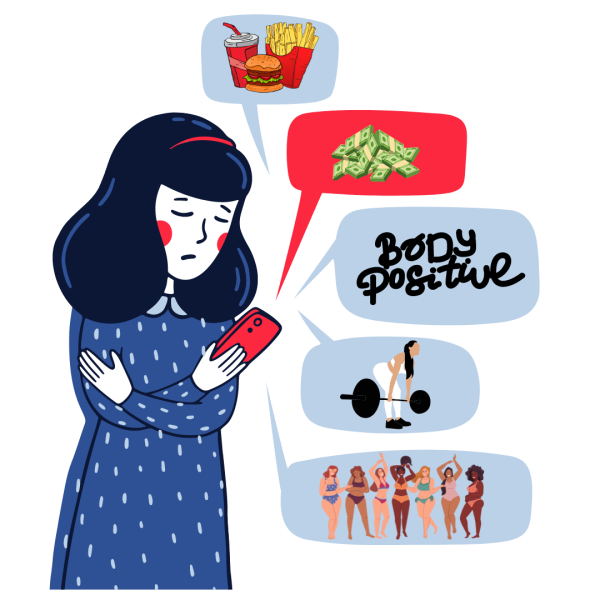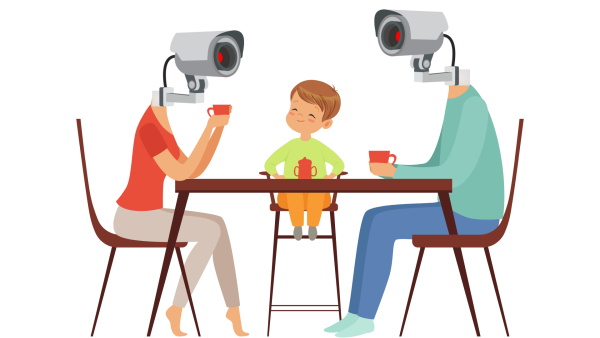Affirmative Action Needs to Be Looked at Closely
Affirmative action was introduced in 1961 to balance the opportunities that rising American citizens had. During such a time of turmoil in America’s Civil Rights Movement, the law passed seemed logical and fair. Typically disenfranchised groups in American society lacked the support and backing from the government to reach standard living conditions of the majority.
The controversy of affirmative action emerges with the argument of reverse discrimination. Even during the earliest years of the implementation of affirmative action, opposition appeared rather quickly.
The 1978 Supreme Court case Regents of Univ. of Cal. v. Bakke, it upheld the use of race during college admissions. However, many groups of people don’t support this ruling as it can possibly affect their futures.
In recent history, the same points of reverse discrimination are still proposed by groups that feel affected by the process.
In 2015, Princeton University was investigated, and the 2016 Supreme Court Case against the University of Texas at Austin were all decided on the side of the universities. Both agreed that the admissions processes of both schools was perfectly legal.
A large amount of applicants that felt that they were discriminated against simply weren’t qualified enough. This is the case especially with elite schools such as Princeton University. Even with perfect GPAs and perfect test scores, it is just not enough.
The National Association for College Admission Counseling reports that two thirds of American universities do not take race into factor of their admissions. However, the validity of these statements is often questioned by critics.
The idea of someone being chosen over you at a desired institution because of your race is a very discouraging obstacle that many students have to face.
When it comes to college admissions many applicants are simply unfit and need a scapegoat for their rejection.
However, there are a massive amount of students who truly are qualified but don’t make it because they don’t fit a certain demographic.
Minority groups such as Asian-Americans grow in population annually due to increased immigration and gradual assimilation into American society.
However, the percentage that Asians make up in the college demographic has remained the stagnant for years. Highly qualifying groups feel cheated while low income groups are not improving over the span of 60 years.
There is substantial research that has proved Asian Americans are the only ethnic group that have substantially improved in terms of standardized test scores.
Coming from an Asian background, I was introduced to affirmative action at an early age. Having an older sibling helped me understand complicated college process at an early age.
I remember how hard she worked throughout high school. I remember her researching affirmative action and the things we would find online were discouraging, such as charts that showed ethnic advantages for ACT and SAT scores.
Asians are by far the most disadvantaged on these grids, even more than white Caucasians. The fact that something like this has been normalized in the college admissions process is very demoralizing and makes me angry.
When I was born, I had no control over what race I was. Why should that uncontrollable aspect of myself be a factor for something that should be based on hard work and dedication?
Affirmative action is vital to level the playing field for all Americans. However, I believe that our current system is outdated. I wholeheartedly understand why elite universities have to apply race to their admissions. Simply accepting the most qualified students would result in an unfair balance of certain races and cultures.






